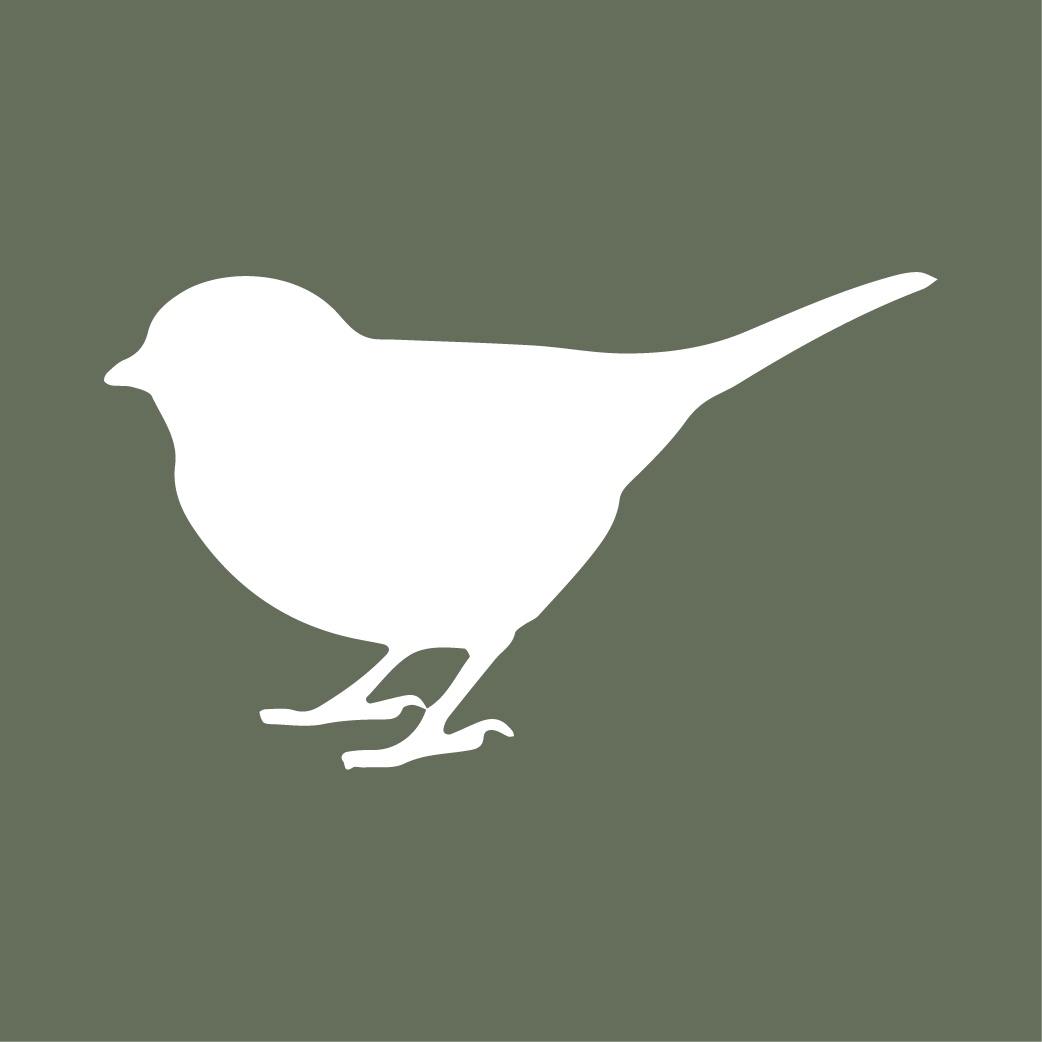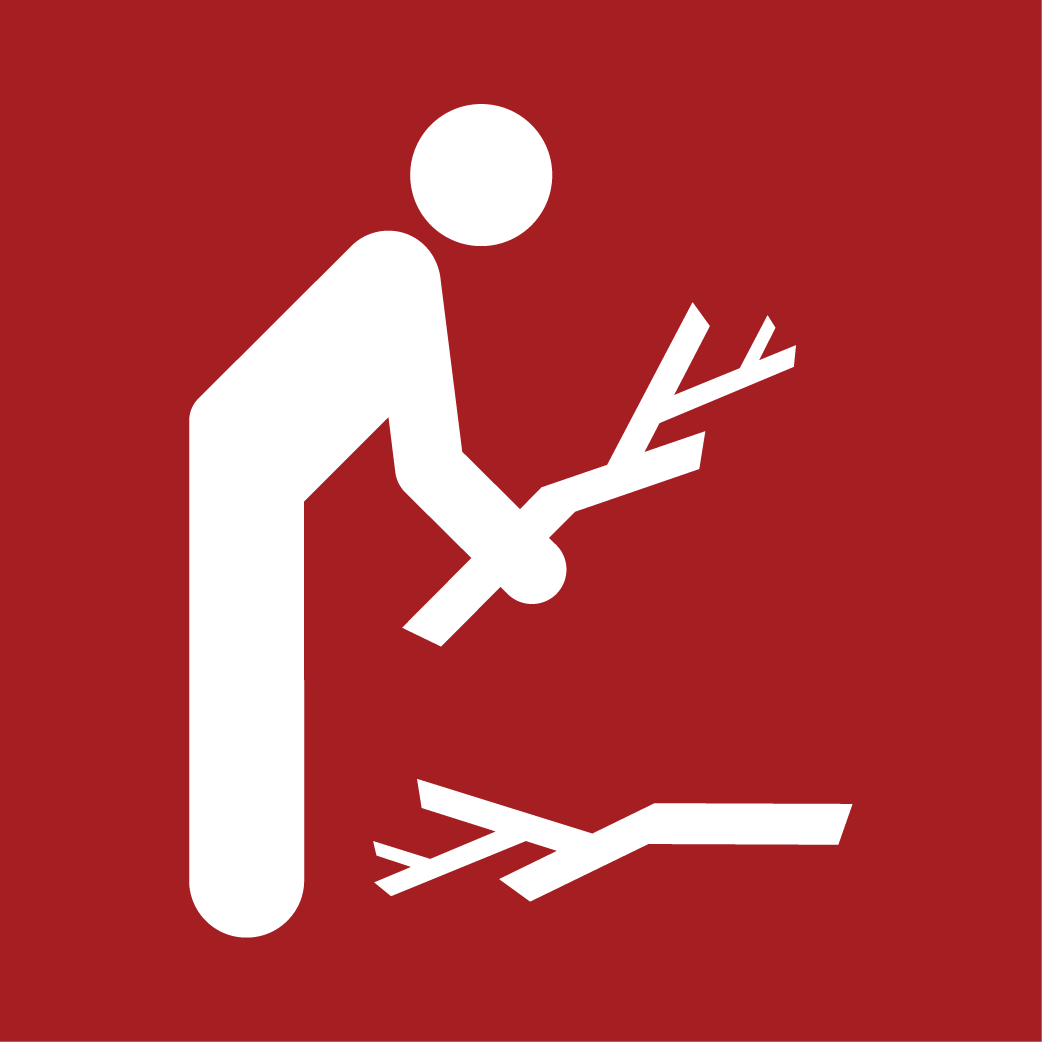SEAWOOD CAPE PRESERVE
Seawood Cape encompasses 128 acres including almost a mile of California’s world famous rugged rocky coastline that is replete with barking sea lions and basking harbor seals. The property is divided by Patrick’s Point Road and lies a few miles south of spectacular Sue-meg State Park. On the inland side of Patrick’s Point Road the Preserve has lush redwood and fir forest with verdant deep canyons known as “fern gullies.” A small campground host house has been handsomely restored for a future “park and walk-in” or bike-in environmental campground of up to 40 spaces.
PLAN YOUR VISIT
PRESERVE HOURS AND ACCESS
Dawn to Dusk
Coastal side open to Scotty Point.
East of Patrick’s Point Dr. is closed.
ADMISSION
FREE
CONTACT US
(707) 672-4725
northcoastpreserves@wildlandsconservancy.org
GETTING HERE
2265 Patricks Point Drive
Trinidad, CA 95570
Get Directions
THINGS TO DO
AMENITIES
PROHIBITIONS
SAFETY
LEAVE NO TRACE
Pack it in, Pack it out.
Take any trash you make with you.
Leave What You Find.
Allow others a sense of discovery by leaving rocks, plants, archaeological artifacts and other objects of interest as you find them.
Respect Wildlife.
Learn about wildlife through quiet observation. Do not disturb wildlife or plants just for a “better look.” Observe wildlife from a distance so they are not scared or forced to flee.
Be Considerate of Others.
One of the most important components of outdoor ethics is to maintain courtesy toward other visitors. It helps everyone enjoy their outdoor experience.
Principles courtesy of Leave No Trace Center for Outdoor Ethics.
RESOURCES
CONSERVATION OUTCOMES
Seawood Cape has two perennial streams that are vital habitat for Pacific tailed frogs, coastal cutthroat trout, and southern torrent salamanders. The property was going to be subdivided into several trophy home sites in the redwood forest overlooking the ocean which was averted by this timely acquisition with Wildlands’ funds. The Wildlands Conservancy has partnered with Outward Bound adventures, creating a summer jobs program for urban teenagers to learn conservation skills as they help remove the invasive ivy, scotch broom, jubata grass and pampas grass to restore native understory vegetation. Removing invasive vegetation allows these coastal forests to function effectively in sequestering carbon.

STAY IN TOUCH
Join our Mailing List for Preserve updates.
THE LATEST FROM SEAWOOD CAPE PRESERVE

























